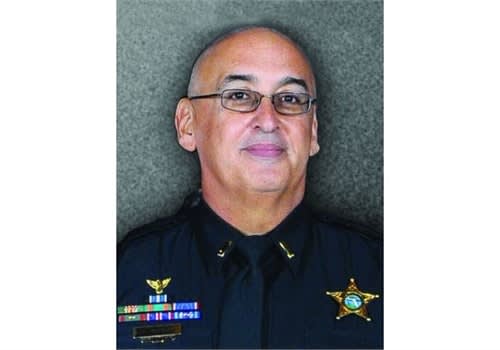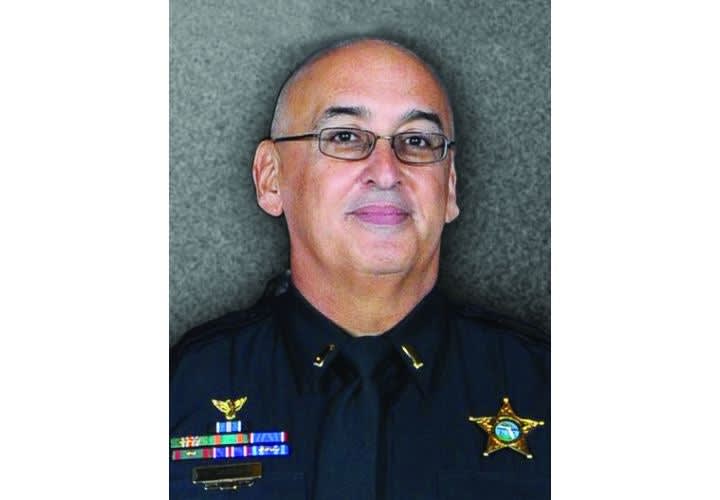Whatever presentation method you use, remember to structure your briefing by way of an introduction, body, and conclusion, and include a question and answer period. In addition, you should look for a framework for organizing your information that includes a chronological order, cause and effect, problem and solution, categories, or in a straight forward question and answer format.
It's always a good idea to cover a timeline. Present any background information that is necessary to bring the audience up to present day. Break down any large pieces of information into usable chunks. If possible, organize your briefing by position, groups, or individual missions. That way those being briefed don't get lost in information that doesn't apply to them.
Always be prepared to handle questions. Anyone being briefed expects you to have the answers. Also, don't allow anyone to take over your briefing. There always seems to be one person in every briefing who either has a million questions or tries to poke holes in your information. If after a few questions they won't stop, tell them you will speak with them afterwards to discuss their concerns.
Audience prep goes beyond just identifying your audience. You need to dig deeper to find out the best ways to reach them. There is a theory that suggests where you sit is where you stand, so audience perspective becomes what drives the train. For example, the way you brief a road patrol squad will be much different than how you would brief members of your command staff. An officer is usually interested in how things will affect them and the way they do their job. On the other hand, command staff are usually focused on how things will affect the agency. Do your homework and present the right information, in the right way, to the right people.
The reason people hate briefings is the same reason they hate meetings; they feel they can be a waste of time and they tend to run long. Briefings by nature are supposed to be brief. As a presenter, one way to ensure effective and concise briefings is to focus on who, what, when, where, why, and how. You should only brief when there is a need to do so. Don't be afraid to question whether conducting a briefing is the best method. Sometimes an email, memo, or face-to-face meeting with a few key players to answer specific questions will serve you better.













